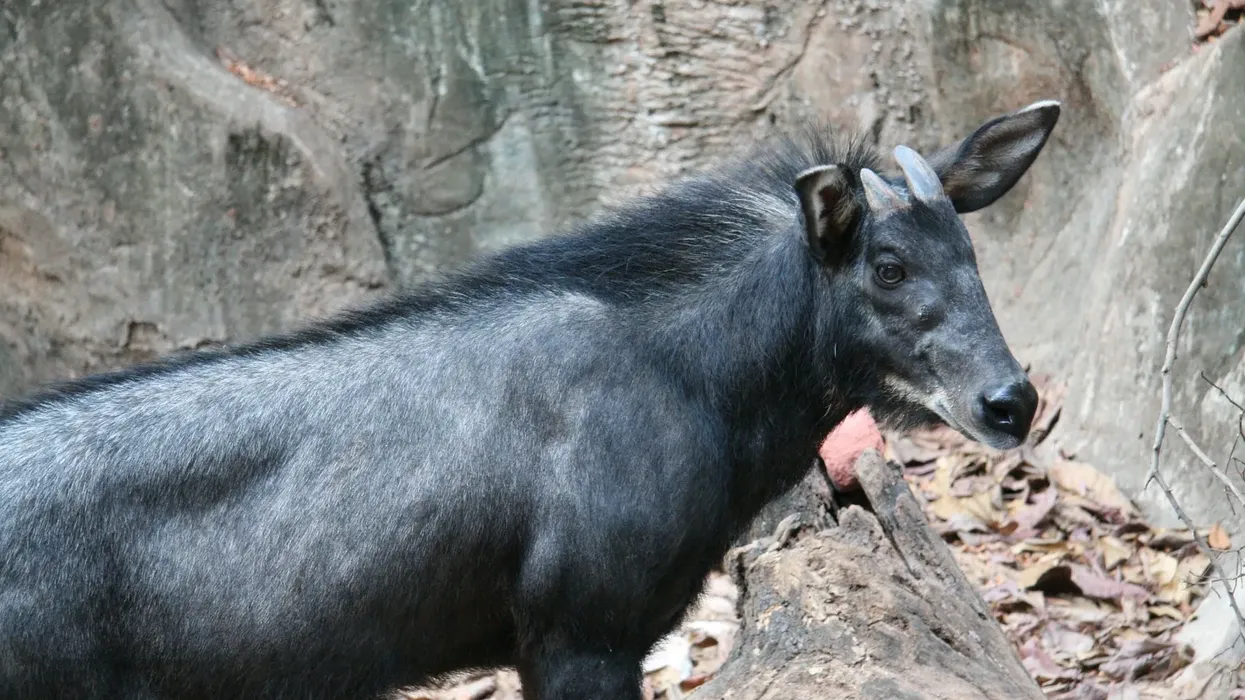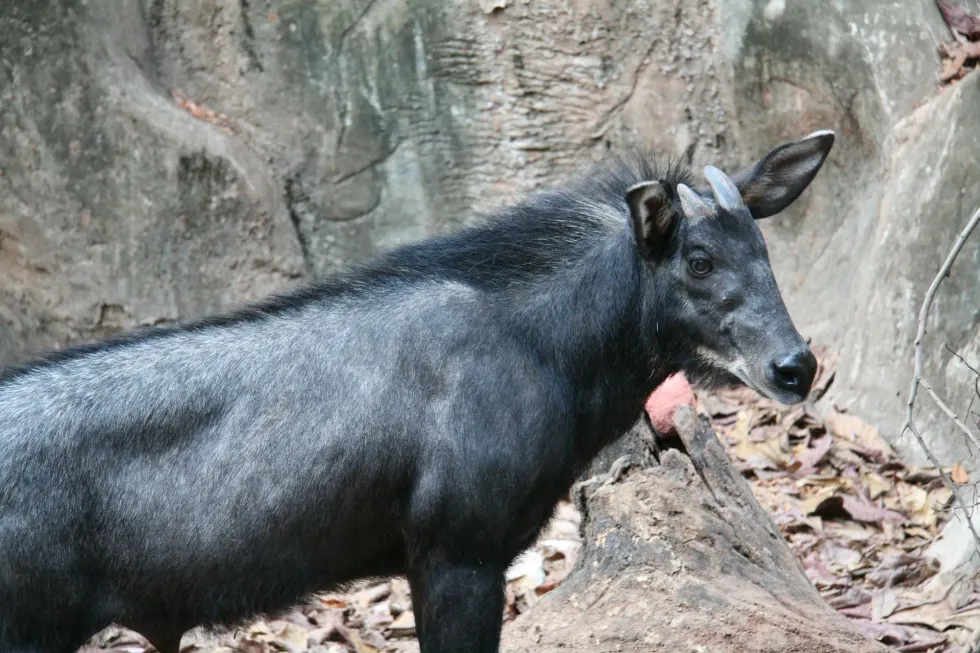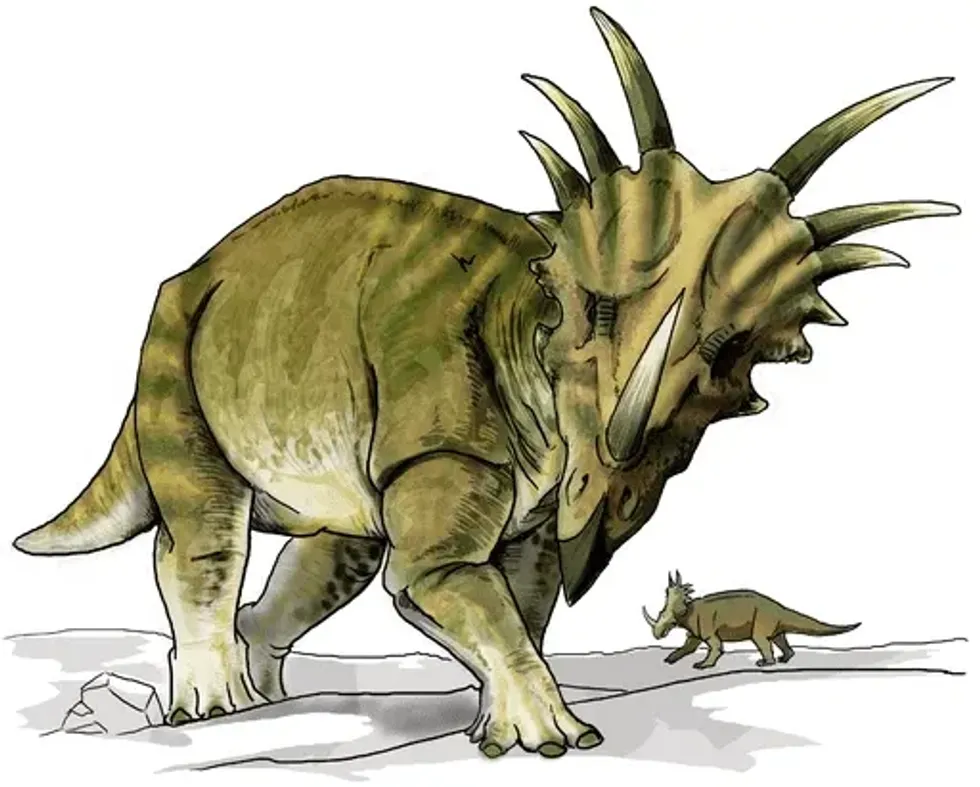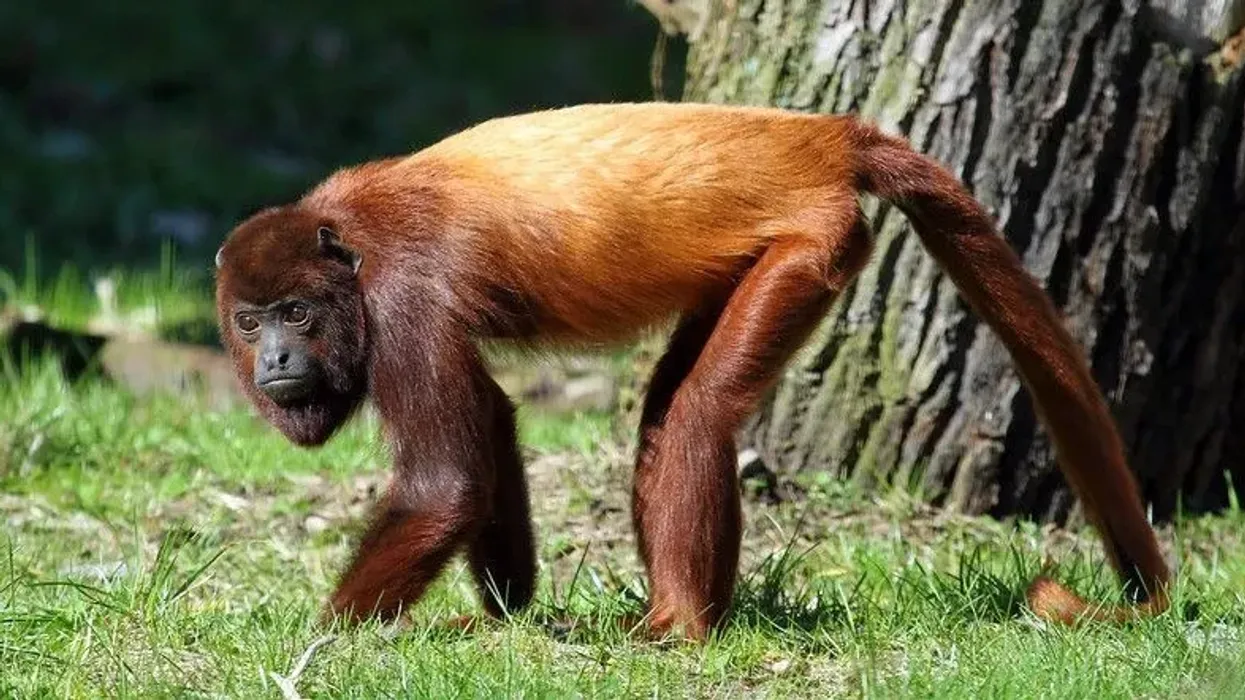In this article, we will learn about the fascinating mammal living in the hilly areas known as the red serow, scientific name Capricornis rubidus. C rubidus is a goat-antelope that is native to northern Myanmar and the southern part of Bangladesh.
It belongs to class Mammalia and the order Artiodactyla. This animal is one of the species of the serows found in the hills south of the Brahmaputra river.
At times, it is even considered to be the subspecies of Capricornis sumatraensis. These serows can also be found in the hilly areas like hilly tropical forests in the northeastern part of India. This mammal has been aptly named due to a distinct reddish color.
The serows are herbivores and love feeding on shoots, twigs, leaves, and especially grass. C rubidus has been listed as Near Threatened by the International Union for Conservation of Nature or the IUCN.
It thus becomes even more important for us to know more about this fascinating mammal and help in its conservation. Keep reading this article to know all about this animal!
If you enjoyed reading this article, be sure to check out mountain bongo and East Caucasian tur.
Red Serow Interesting Facts
What type of animal is a red serow?
Red serow is a type of goat-antelope belonging to the family Bovidae, the kingdom Animalia, and the phylum Chordata.
What class of animal does a red serow belong to?
The red serow (Capricornis rubidus) belongs to class Mammalia, genus Capricornis, and family Bovidae.
How many red serows are there in the world?
More research needs to be conducted to calculate the total number of red serows in the world. As of now, there are no exact population estimates for the wild red serows in the world.
Where does a red serow live?
The red serow can be found in the region south of the Brahmaputra river, in India, northern Myanmar, as well as Bangladesh. In India, its distribution is in the northeastern part of the country.
What is a red serow's habitat?
Red serows can be found in the region around the hills towards the south of the Brahmaputra river.
Who does red serow live with?
Not a lot of information is available regarding who red serows live with but these cute animals most likely lead solitary lives or in a very small group of two to five serows in their natural habitat. Red serows are the most active before sunset, especially in the mornings. They don't move too much and are mostly sedentary.
How long does a red serow live?
The red serow has a life expectancy of 10-20 years.
How do they reproduce?
More research needs to be conducted to know about red serow reproduction. The female serows reach sexual maturity at about 30 months and the male serows at about 30-36 months.
The mating system and practices of the red serows are said to be quite similar and closely related to Cacpricornis crispous. Capricornis crispous forms monogamous pairs.
Polygynous groups are a rarity. The months between October and November are the breeding season for this animal.
The gestation period is about seven months and the litter usually consists of one calf. The young are usually dependent on the mother till about it is a year old but it continues to stay in the vicinity and the territory of its mother for a further year or two.
What is their conservation status?
Red serow, Capricornis rubidus, populations have been listed and given the status of being Near Threatened by the International Union for Conservation of Nature or IUCN in the Red List of Threatened Species. Habitat loss and widely practiced hunting are said to be two of the major reasons for their declining numbers.
Red Serow Fun Facts
What does the red serow look like?
We were unable to source an image of a red serow and have used an image of a Sumatran serow instead. If you are able to provide us with a royalty-free image of a red serow, we would be happy to credit you. Please contact us at hello@kidadl.com.

As the name suggests, the red serow has a distinct reddish-brown coat with white underparts. It also has a dark blackish stripe that runs throughout the spine, starting from its shoulder, right to its bushy tail.
The red serow populations also have long ears that are pointed along with backward-curved horns. There is also the presence of preorbital glands in front of its eyes. The long hairs present on their necks become erect when they are excited.
How cute are they?
These animals resembling goats or antelopes from the rocky hills in hilly areas are surely very intriguing to look at, just like a wild goat.
How do they communicate?
While little is known about the communication patterns of the red serow, they produce high-pitched alarm calls as well as use sounds and bodily movements for communication. The young also recognize the mothers through sounds.
How big is a red serow?
The red serow (Capricornis rubidus) has a length of 55-66 in (140-155 cm). Its long, bushy tail has a length of about 3-6 in (8-16 cm). The height of its shoulder is usually between 33-37.4 in (85-95 cm). However, it is shorter than a mountain goat.
How fast can a red serow run?
The exact speed of how fast a red serow can run has not been calculated or documented yet. More studies and research needs to be done on these endangered animals to know and get more information about them.
How much does a red serow weigh?
An adult red serow weighs 242 lb-352 lb (110-160 kg). The adult red serow weighs more than its subspecies, the Sumatran serow (Capricornis sumatraensis) which weighs about 209 lb (95 kg). It is bulkier than an average Nubain goat.
What are the male and female names of the species?
There are no sex-specific names that are used to refer to males and female serows.
What would you call a baby red serow?
A baby red serow, similar to a baby cow, can be referred to as a calf or a fawn.
What do they eat?
Red serows are herbivorous animals, just like pygmy goats. The most common source of food for serows like the red serow is grass.
They are not super fussy eaters and would consume most types of vegetation that are available to them. They are forest browsers by nature. The twigs and leaves from trees like the deciduous broadleaved trees are also a part of their diet at times.
Are they dangerous?
Red serows are not known to be dangerous or cause any harm to human beings.
Would they make a good pet?
Even though it is anyway difficult to domesticate a pet like the red serow, this animal is nearly threatened as per the Red list of Threatened Species by the International Union for Conservation of Nature or the IUCN. Therefore, it is not advisable to keep them as pets.
Did you know...
The main predators of this serow species are dholes, leopards, and eagles.
The word serow comes from the word 'Lepcha sā-ro' meaning long-haired goat.
Serows being aggressive is pretty rare, however, they are territorial in nature, and breaching their territory may invite some unwanted aggression.
There are four species of serow. All four resemble each other. However, the distinct reddish color of the red serow makes it stand apart from the others like Capricornis sumatraensis, Capricornis swinhoei, and Capricornis crispus which have a black, dark brown, or gray-colored body.
The horns of the red serow that are pointed and curved backward appear in both the sexes. These horns are present not just in the males but also in the females. The only difference is that the horns present in the males are longer and also sometimes thicker than the ones in females.
The long hairs present on the top of the red serow's neck get erected when the red serows feel the excitement.
Is the serow endangered?
Serows are medium-sized mammals that closely resemble goats and antelopes. These animals can mostly be found in eastern as well as Central Asia. Their habitats include hilly areas with rocky hills.
The subfamily of the serow has been categorized and listed as endangered. The serow population has been decreasing on a rapid scale.
Habitat loss and being widely hunted are some of the major factors contributing to their dwindling numbers. The Japanese serow is the only species of serow that has been protected. The Japanese serow population numbers seem to be stable at the moment but the same cannot be said for the other species of serow.
How many species of serow are there?
The serow has four species. Naemorhedus, which contains gorals, previously also contained four species of serow.
Capricornis crispus - Also popularly known by the name Japansese serow, it can be found only in dense woodlands in Japan. Honshu, Shikoku and Kyushu are the places where Capricornis crispus can be found.
The Japanese serow is regarded as a national symbol of Japan and is subject to protection and conservation in particular areas. IT has a black body with a dorsal white spot.
Capricornis swinhoei - Known by the name of the Taiwan serow, this serow can be found in Taiwan. It is dark tan in color with yellow spots present on its jaw, nape as well as it throat.
A white patch is also visible. This white patch is usually present under the chin and the throat. It also has horns that curve towards the back and have a length of about 3 in (cm).
Capricornis sumatraensis - The mainland serow or the Sumatran serow can be located on the Indonesian island of Sumatra. The Sumatran serow has a black or dark great coat with horns that curve backwards. These serows spend most of their time on land but are also known to be good swimmers as well.
Capricornis rubidus - Last but not least is the red serow which is native to southern Bangladesh and northern Myanmar. In India, it can be found in the northeastern part.
Here at Kidadl, we have carefully created lots of interesting family-friendly animal facts for everyone to discover! For more relatable content, check out these mountain goat facts and Ekaltadeta facts for kids.
You can even occupy yourself at home by coloring in one of our free printable goat coloring pages.









